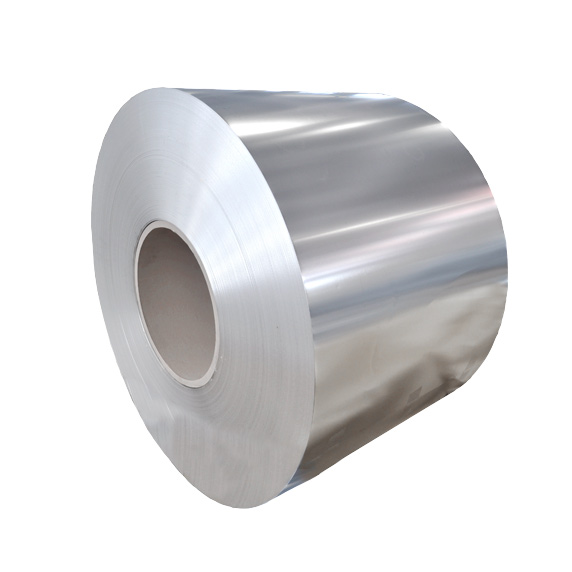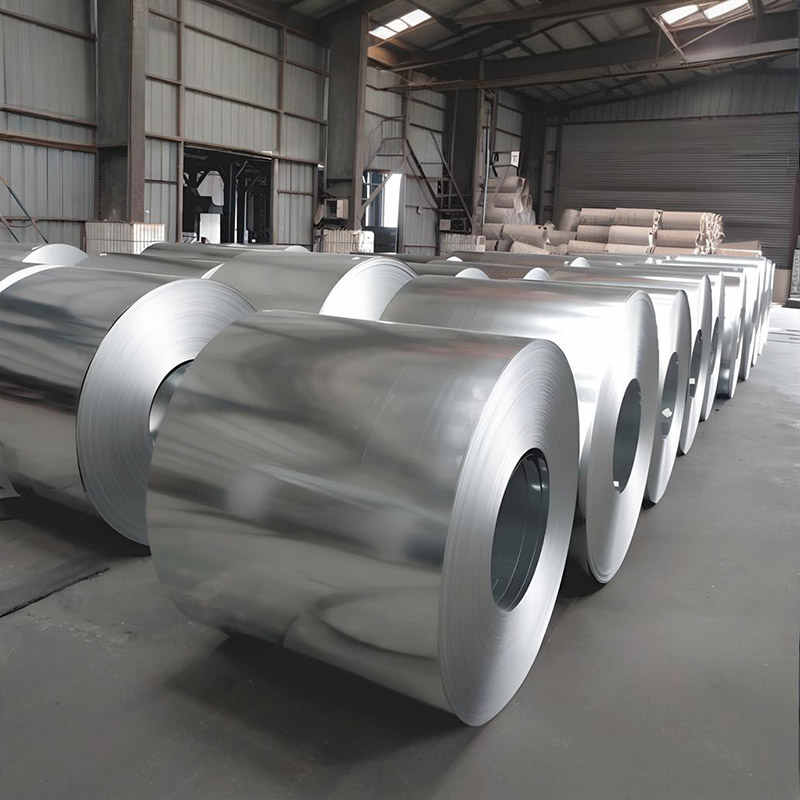What exactly is electrolytic tinplate (ETP), and why has it remained a cornerstone material in various industries for decades? ETP is a thin steel sheet coated with a precise layer of tin through an electrolytic process, creating a unique combination of strength, formability, and corrosion resistance that few other materials can match.
How is ETP manufactured to ensure its exceptional quality? The production begins with a cold-reduced steel substrate that undergoes thorough cleaning and pickling. Through electrolytic deposition, tin is precisely applied in controlled thicknesses, typically ranging from 0.5 to 15 pounds per base box. This meticulous process results in a uniform coating that provides both protection and aesthetic appeal to the final product.
What makes ETP stand out among other packaging materials? Its exceptional corrosion resistance protects contents from external contaminants, while its non-toxic nature ensures food safety. The material’s malleability allows for complex forming without compromising integrity, and its solderability enables easy seam formation in can manufacturing. Additionally, ETP’s excellent printability enhances brand visibility on retail shelves.
Where do we commonly encounter ETP in our daily lives? The food and beverage industry remains the largest consumer, with applications ranging from food cans and beverage ends to aerosol containers and bottle caps. Beyond packaging, ETP finds use in electrical components, oil filters, and even artistic applications due to its unique aesthetic properties.
Why should businesses consider ETP for their packaging needs? The material’s sustainability credentials are increasingly valuable in today’s eco-conscious market. ETP is 100% recyclable without loss of quality, and its lightweight nature reduces transportation emissions. The material’s long shelf life also contributes to reducing food waste—a critical factor in global sustainability efforts.
As we look to the future, how will ETP evolve to meet emerging challenges? Innovations in coating technologies are enhancing ETP’s performance while reducing tin usage. New surface treatments are improving adhesion for inks and lacquers, and advanced recycling methods are making the material’s lifecycle even more sustainable.
The enduring relevance of electrolytic tinplate lies in its perfect balance of functionality, safety, and environmental responsibility. As industries continue to seek materials that meet both performance and sustainability goals, ETP’s position as a material of choice seems destined to strengthen in the years ahead.



